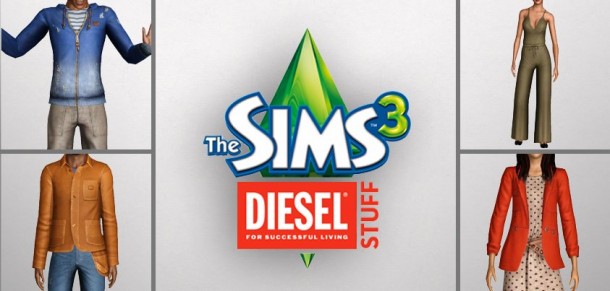By Menno Gottmer – Player 2 @BrandNewGame
Last Tuesday companies around the world were once more pranking people on a massive scale. While most of these Aprils fools’ jokes were actually dull, cheesy, or even straight down terrible, one was so ingenious that many still wish it wasn’t actually a joke.
One day before April the first, Google released the following video on YouTube with the title “Google Maps: Pokémon Challenge”.
According to the video’s description: “Dozens of wild Pokémon have taken up residence on streets, amidst forests and atop mountains throughout Google Maps. To catch ’em all, grab your Poké Ball and the newest version of Google Maps for iPhone or Android. Then tap the search bar, “press start,” and begin your quest.”
The video, now seen by more than 12 million viewers, features the announcement of a new job role at Google: “Pokémon Master”. In the video, the Vice President of Google Maps, Brian McClendon, explains a challenge where applicants for this job position have to catch 150 wild Pokémon in various real-world locations using the Google Maps: Pokémon Challenge application. The video features various scenes of applicants trying to catch wild Pokémon in all types of terrain, such as deserts, mountains, forests, and the open sea. McClendon states that “the winner will start at Google at September 1st 2014.”
While this video was convincingly shot, and people at Google (in cooperation with Nintendo) obviously put some real effort into it, it was also obviously a joke. However, to everyone’s surprise, on the next day people using the Google Maps application on IOS or Android could actually see the icons of little Pokémon creatures scattered across the entire world.
What it basically came down to is that only for that day, Google integrated a feature in the Android and IOS Google Maps application, which allowed people to ‘catch’ wild Pokémon by clicking on their icon, and pressing on the button that appeared in the bottom right. The cached Pokémon were subsequently transferred to the ‘Pokédex’, a build-in system that kept track all your newly acquired Pokémon, and also showed how many Pokémon you still has to catch.

People around the world were notifying everyone on the Web about this joke-intended game, and within no time many people were putting aside their mandatory work for a way more fun activity: catching Pokémon! This reaction that was posted on the game related news website Kotaku sums up what many felt during that day: These people were taking the task to catch all 150 Pokémon very seriously. As a result, an entire community emerged that day, consisting of many Pokémon collectors who were helping each other in their shared quest to find all the Pokemon’s locations. Most were located at well-known landmarks such as the Eiffel Tower and the Great Wall of China.
These people were taking the task to catch all 150 Pokémon very seriously. As a result, an entire community emerged that day, consisting of many Pokémon collectors who were helping each other in their shared quest to find all the Pokemon’s locations. Most were located at well-known landmarks such as the Eiffel Tower and the Great Wall of China.
As a gamification enthusiast, I am very eager to find out how many users were using Google Maps during that day, and how these numbers compare to ordinary days. From what I’ve read on social media, blogs, and news websites, many people really enjoyed this gamified version of Google Maps. If Google wants to get more people using the Google Maps application on IOS and Android, similar gamified initiatives seem to be a very effective method. However, the duration of such gamified initiatives remains an interesting point of discussion. From what I’ve read, people were sad that the Pokémon initiative was only for one day. On the other hand, if you are trying to navigate to a particular location and there would be multiple Pokémon icons in your way, that would be somewhat annoying. Anyway, I can’t wait for Google’s next Aprils fools’ joke.
Posted in advergame, Advertising, augmented reality, Gamification | No Comments »






